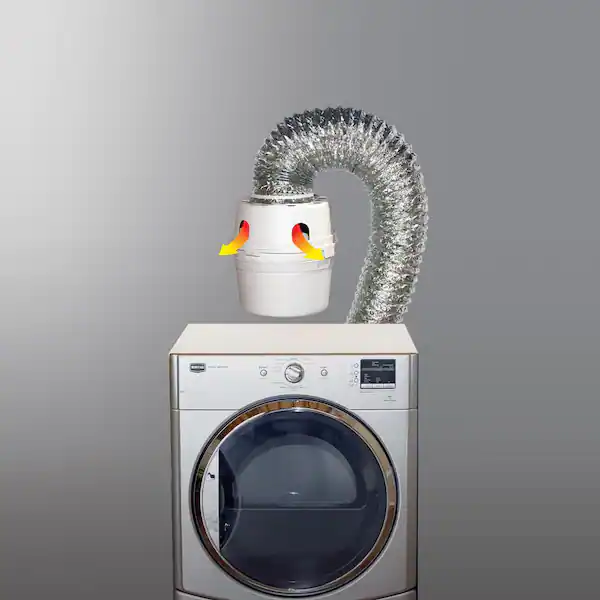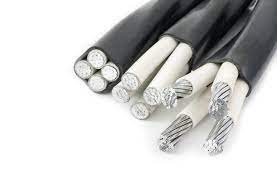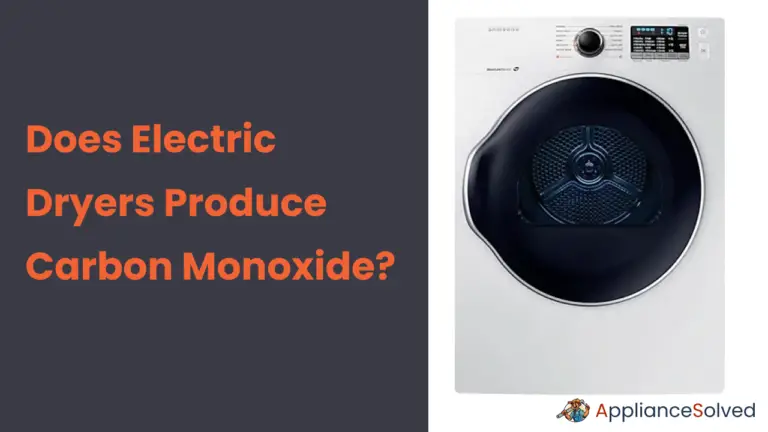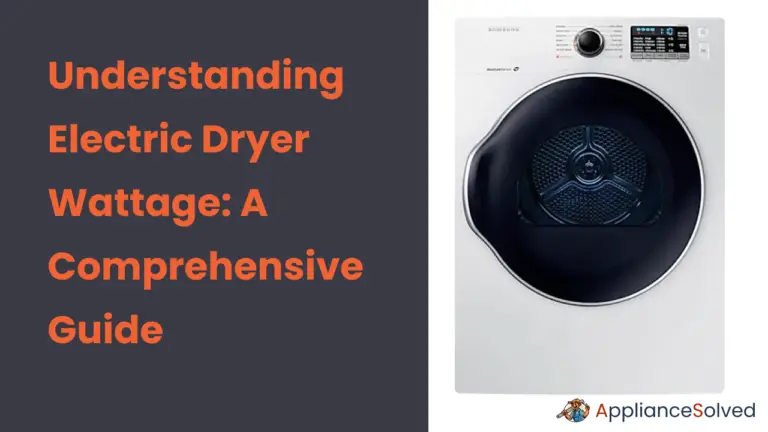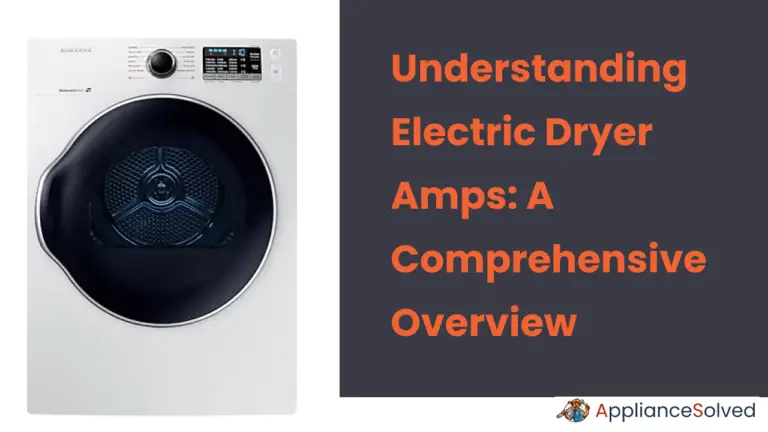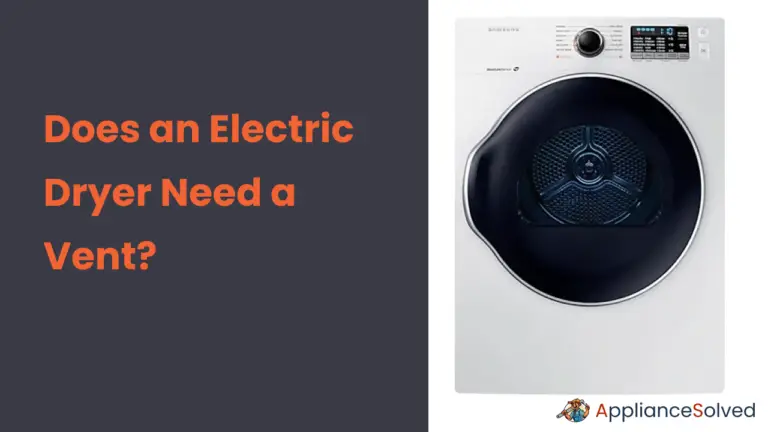10-3 Wire for Dryer: A Comprehensive Guide
When it comes to installing or upgrading the wiring for your dryer, using the right cable is crucial for safety and performance. In this comprehensive guide, we will delve deep into the world of 10/3 Wire for electric dryer, including advanced technical details. From understanding what 10/3 wire is to step-by-step installation tips, we’ve got you covered. Let’s get started!
Understanding 10-3 Wire for Dryer
10-3 Wire for Dryer Basics
10/3 wire, also known as 10-gauge 3-conductor wire, is a versatile electrical cable commonly used for connecting dryers to power sources. It consists of three insulated wires: two hot wires (black and red) and one neutral wire (white), encased in a protective outer sheath. Each wire is rated to carry 30 amps of current, making it suitable for most dryer applications.
Why Choose 10/3 Wire for Dryer?
Using 10-3 wire for dryer offers several advantages, especially when considering advanced technical requirements:
- Ampacity and Heat Resistance: The 10-gauge wire can handle higher currents without overheating, which is crucial for dryers that require sustained high-power usage during drying cycles. It’s also designed to resist heat buildup, ensuring long-term reliability.
- Voltage Compatibility: 10/3 wire is compatible with both 120V and 240V dryer configurations. This versatility makes it suitable for a wide range of dryer models, including those with advanced features.
- Safety Compliance: Many modern dryers require 4-wire setups for improved safety. With 10/3 wire, you can easily accommodate this requirement by connecting the fourth wire (green or bare copper) to the ground terminal in the outlet box.
10-3 Wire for Dryer Installation
Step 1: Gather Your Tools and Materials
Before you begin, ensure you have the following advanced tools and materials:
- 10/3 wire (length as required)
- Circuit breaker (ensure it’s compatible with your dryer’s electrical needs)
- Outlet box with advanced grounding features
- Wire connectors designed for heavy-duty applications
- Advanced wire stripper with precise gauge measurements
Step 2: Turn Off Power
Safety remains paramount when working with advanced electrical systems. Turn off the power to the circuit from the main breaker box and confirm that it’s de-energized using advanced voltage testers.
Step 3: Remove the Old Wiring
If you’re replacing old wiring, carefully remove it from the circuit. Inspect the wiring path for any signs of wear or damage, as advanced dryers require pristine electrical connections.
Step 4: Install the New 10/3 Wire
- Connect the white wire to the neutral terminal.
- Connect the black and red wires to the hot terminals. Ensure advanced crimping techniques or advanced screw connections for a secure fit.
- Secure the wires with advanced wire connectors designed to withstand vibrations and mechanical stress.
- Install the outlet box and connect it to the wires using advanced locking mechanisms that prevent accidental disconnection.

Step 5: Test Your Dryer
After installation, turn the power back on and test your dryer. Advanced digital multimeters can help you verify the voltage and current draw to ensure everything is functioning correctly.
Common FAQ 10/3 wire for a dryer
Can I use 10/3 wire for a dryer?
Yes, you can use 10/3 wire for a dryer. In fact, 10/3 wire is commonly used for dryers because it consists of three wires: two hot wires and one neutral wire, which is suitable for most dryer installations. However, it’s important to ensure that the wire is rated for the amperage required by your specific dryer model and that it complies with local electrical codes.
Can I use 10-gauge wire for a dryer?
Yes, you can use 10-gauge wire for a dryer, and it is commonly used for this purpose. A 10-gauge wire is often referred to as 10/3 wire, which means it includes three conductors: two hot wires (black and red) and one neutral wire (white). This gauge of wire is typically sufficient to handle the electrical requirements of most dryers.
Is 10-gauge wire big enough for a dryer?
Yes, 10-gauge wire (or 10/3 wire) is generally big enough for a dryer. It is designed to handle the amperage requirements of most residential dryers, which typically operate on 30-amp circuits. However, it’s essential to check the specific electrical requirements of your dryer model to ensure that 10-gauge wire is appropriate for your installation.
How do you wire a dryer with 3 wires?
Wiring a dryer with 3 wires is common in older installations where a 3-prong dryer outlet is used. Here are the steps to wire a dryer with 3 wires:
- Turn Off Power: Before you start, turn off the power to the dryer circuit at the main breaker panel.
- Disconnect Old Wiring: If there’s old wiring connected to the dryer, disconnect it carefully.
- Connect Neutral Wire: Connect the white wire (neutral) from the dryer to the center terminal or neutral terminal on the dryer’s electrical connection.
- Connect Hot Wires: Connect the black and red wires (hot) from the dryer to the two outer terminals on the dryer’s electrical connection. The order doesn’t matter for these two wires.
- Grounding: In a 3-wire setup, there is no separate ground wire. The neutral wire serves as the ground, which is why it’s important to connect it to the center terminal on the dryer’s electrical connection.
- Secure Connections: Tighten the terminal screws securely to ensure a safe and reliable connection.
- Check Wiring: Double-check all connections to make sure they are secure and correctly attached.
- Turn On Power: Finally, turn the power back on at the main breaker panel.
Please note that modern installations often require a 4-wire setup with a separate ground wire for improved safety. If your local electrical code mandates a 4-wire installation or your dryer has a 4-prong plug, you should follow those guidelines instead.
Is 10/3 wire suitable for all dryers?
Yes, 10-3 wire is suitable for both electric and gas dryers, including advanced high-efficiency models. Its high ampacity and compatibility with various voltage configurations make it a versatile choice.
What is the maximum length for a 10-3 dryer wire?
The maximum length of a 10/3 dryer wire should not exceed 100 feet, even for advanced dryers, to maintain proper electrical performance and minimize voltage drop.
Can I use 10-3 wire for a dryer with a 4-prong plug?
Yes, you can use 10/3 wire for dryers with 4-prong plugs by connecting the fourth wire (ground) to the dedicated ground terminal in the outlet box, ensuring advanced safety and check what size wire for an electric dryer guide.
How do I determine the amperage for my dryer?
Check your dryer’s manual or the manufacturer’s label on the appliance for the amperage rating. Advanced dryers often provide detailed electrical specifications in their documentation.
Is it necessary to hire a professional for 10/3 wire installation?
While advanced DIYers can tackle 10/3 wire installations, hiring a licensed electrician with experience in advanced electrical systems is recommended for complex setups and to ensure compliance with local electrical codes.
What are the safety precautions for 10/3 wire installation?
In advanced installations, safety precautions are paramount. Always use advanced personal protective equipment (PPE), employ advanced testing equipment, and follow advanced safety guidelines to prevent electrical accidents.
Conclusion
In conclusion, 10/3 wire for dryers is an advanced electrical solution that ensures both safety and efficiency in your laundry room. By incorporating advanced technical knowledge into your installation process and adhering to strict safety protocols, you can confidently install or upgrade your dryer’s wiring. Remember, when it comes to electricity, advanced knowledge and caution are your best allies. For more information and expert advice on advanced electrical projects, feel free to reach out to our team of certified professionals. Your safety and peace of mind are our top priorities.

